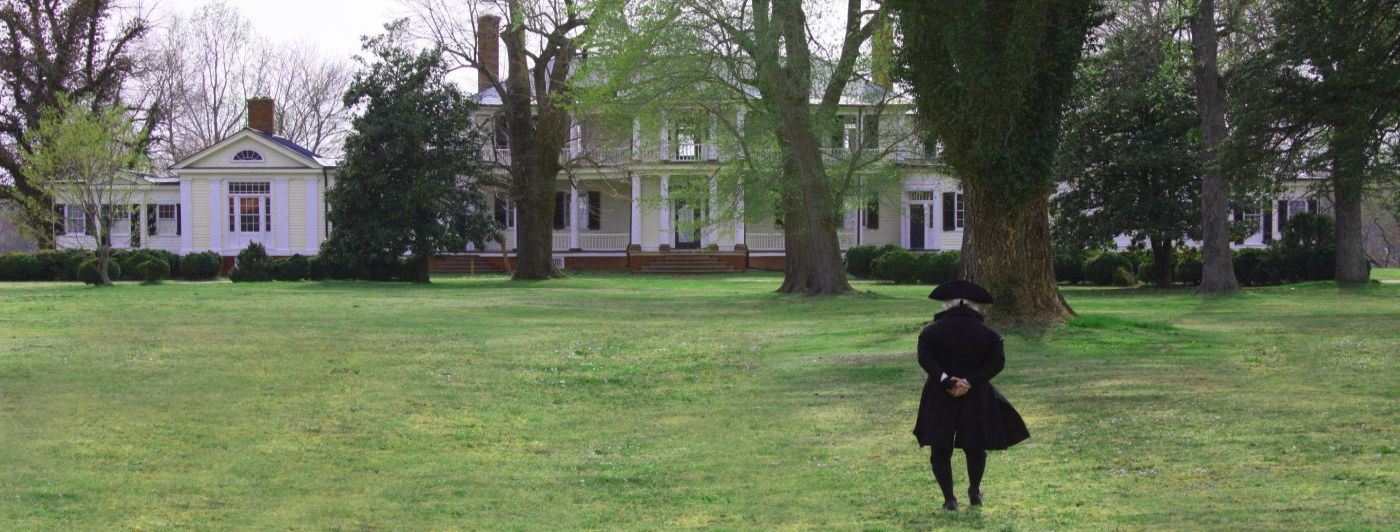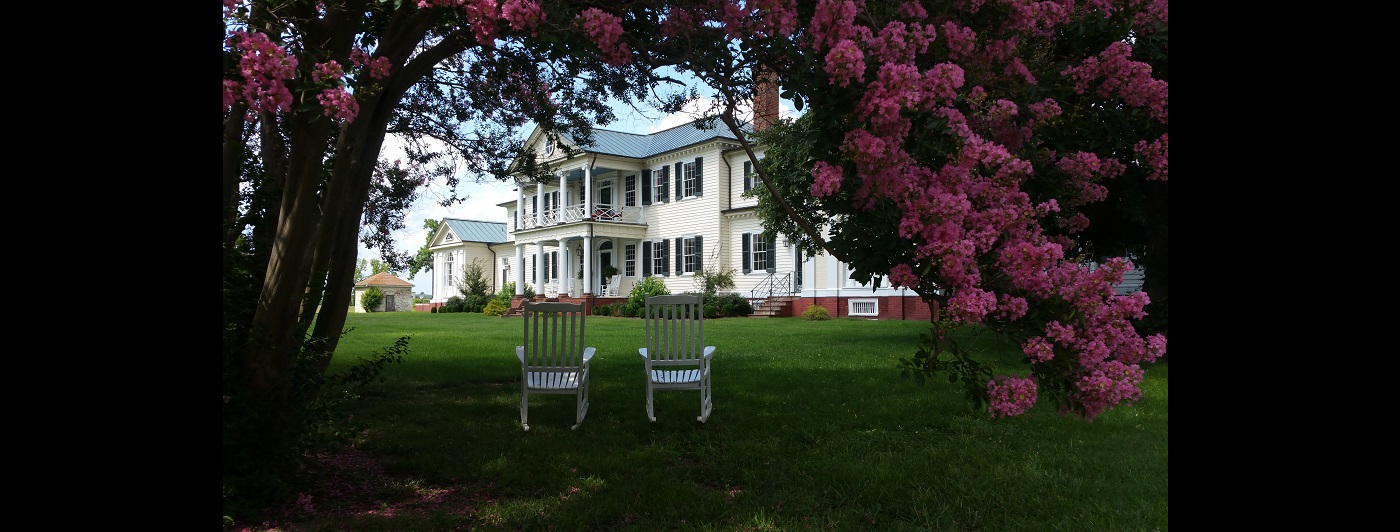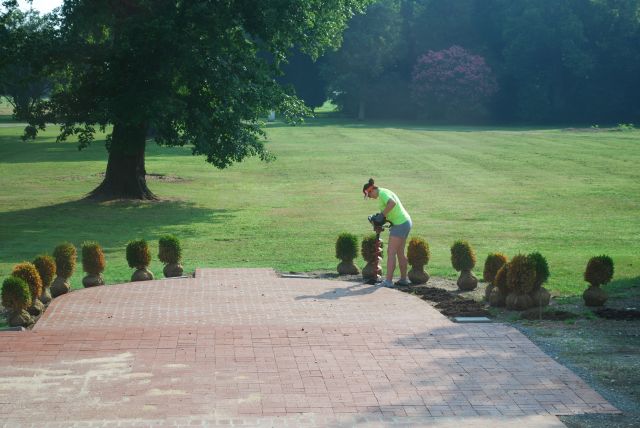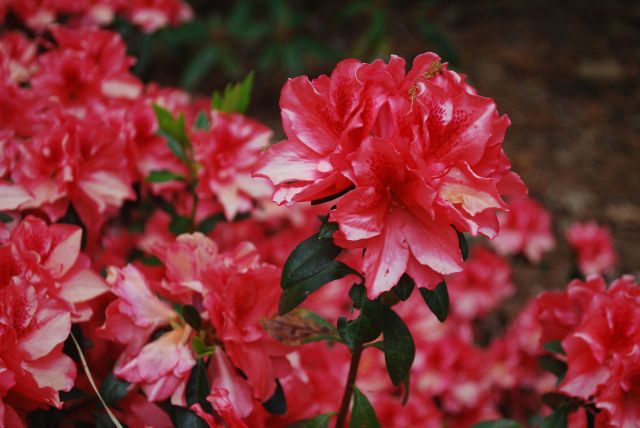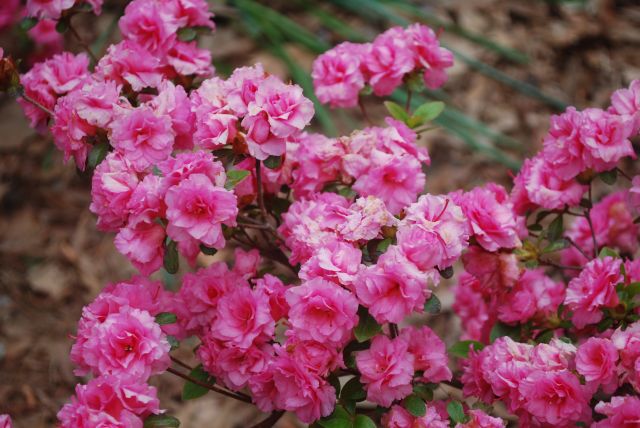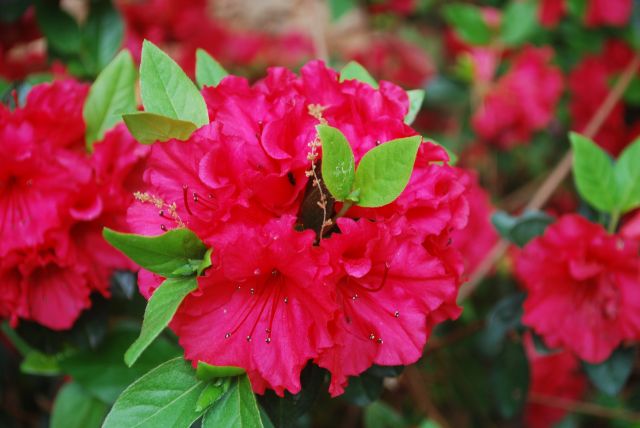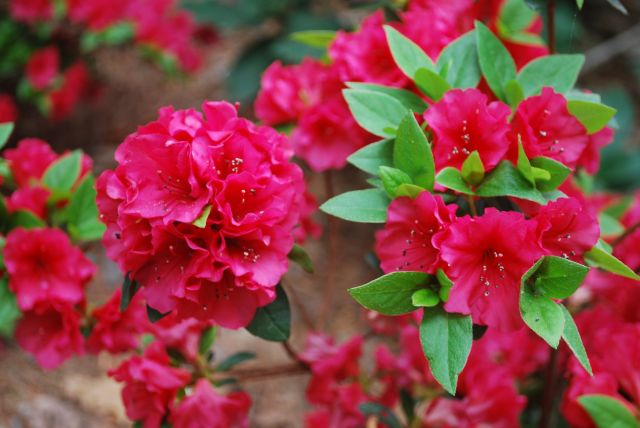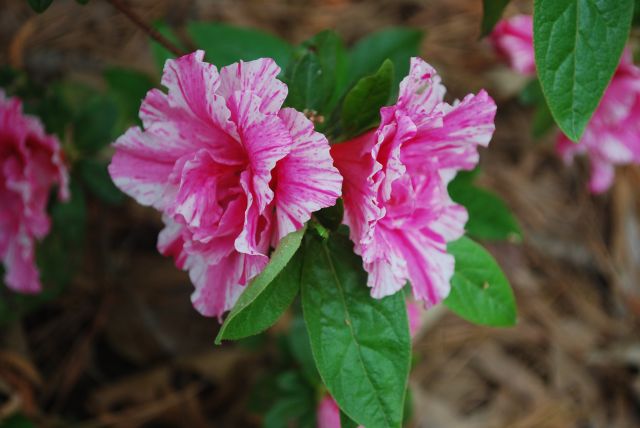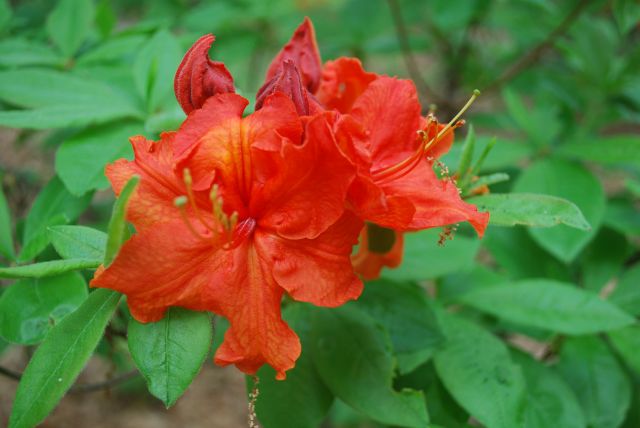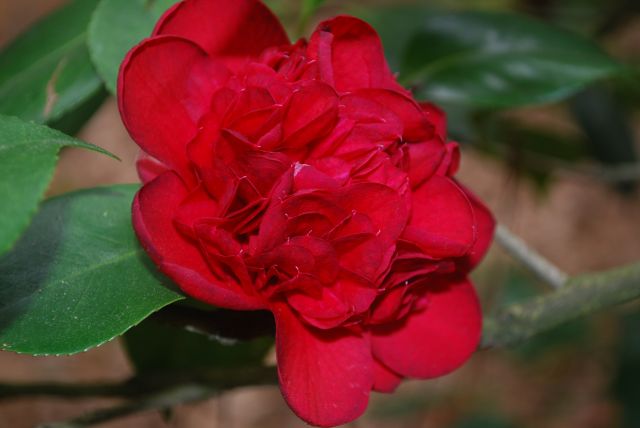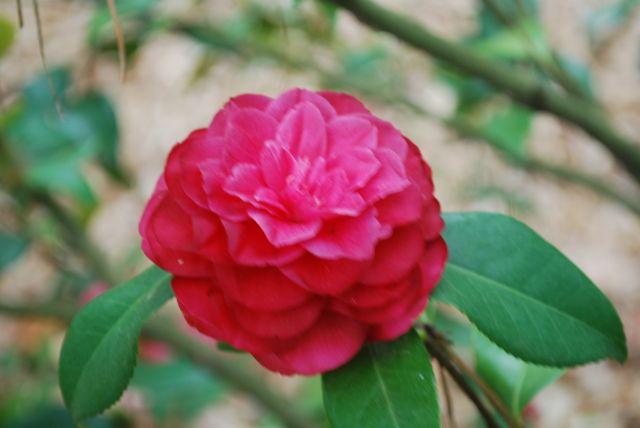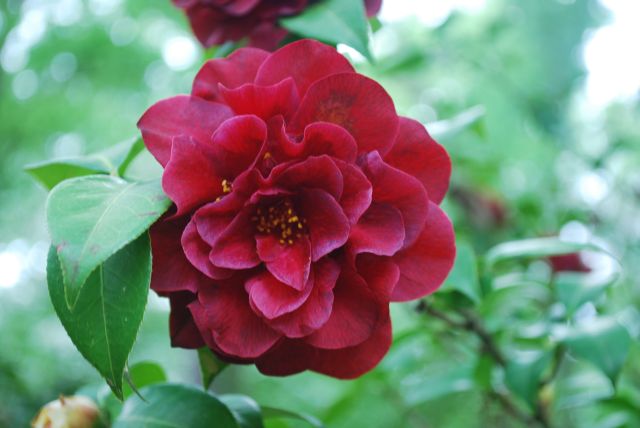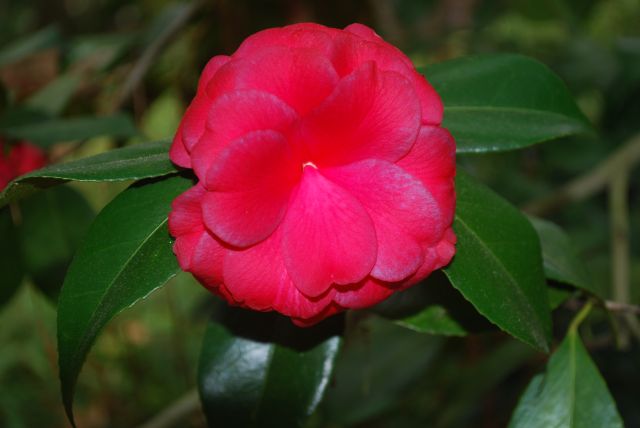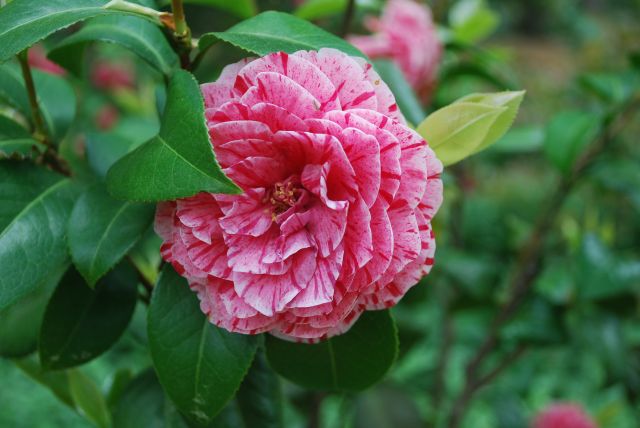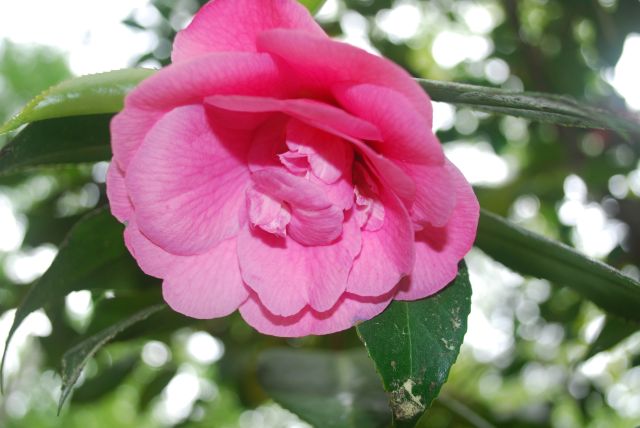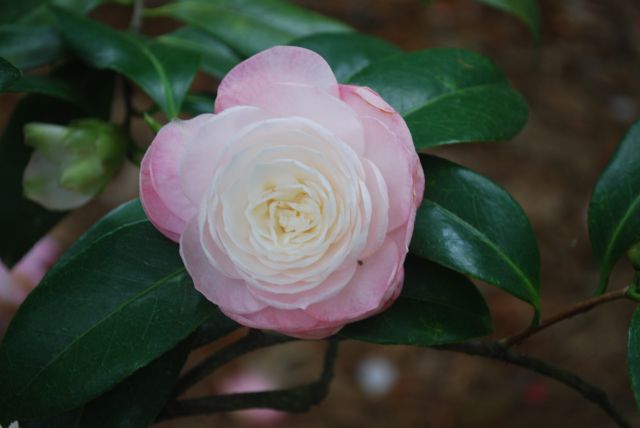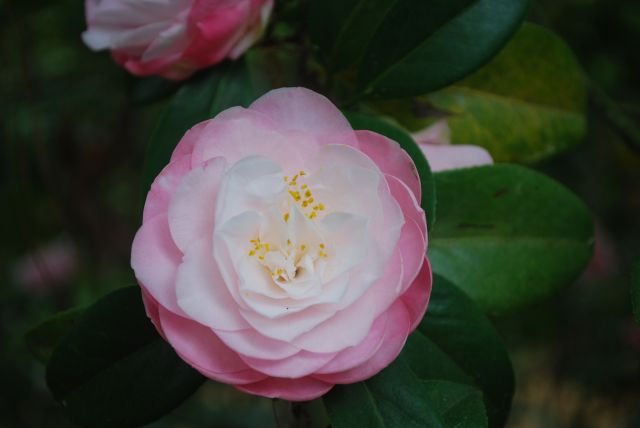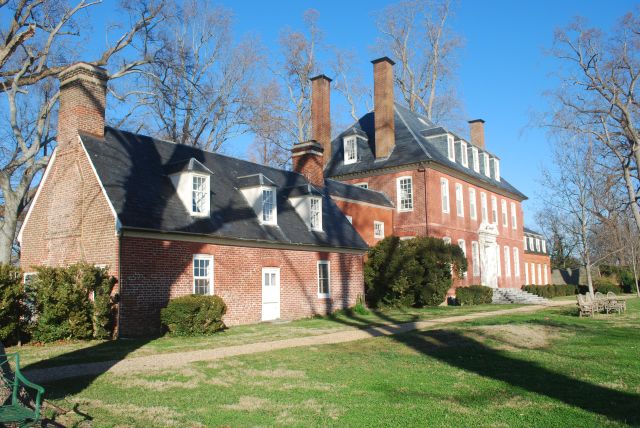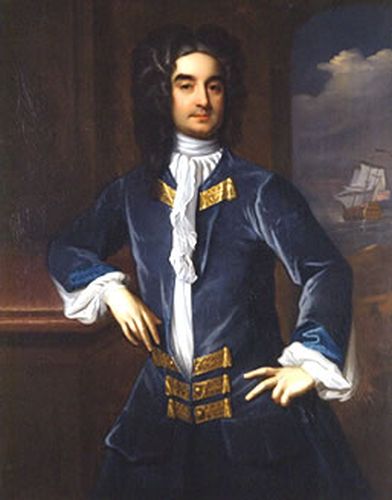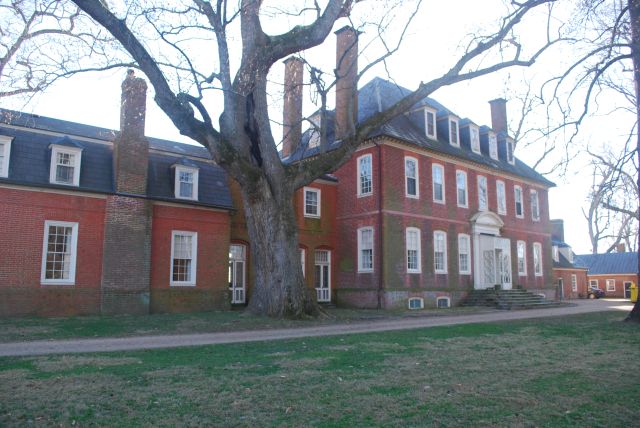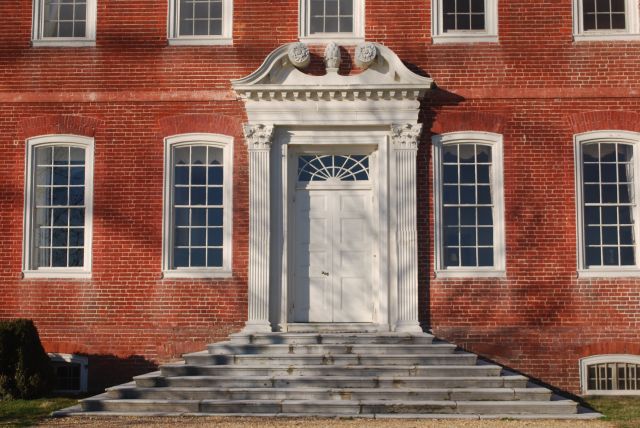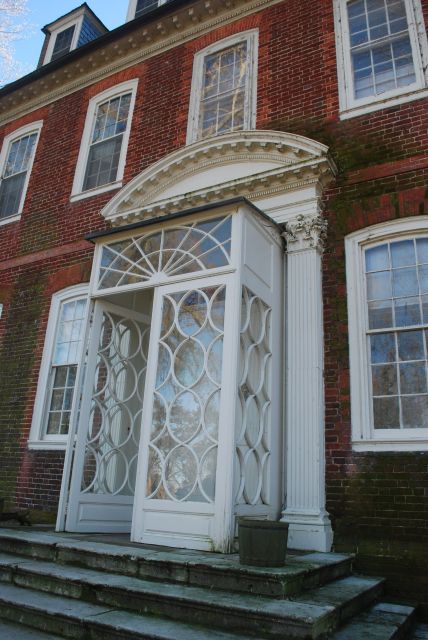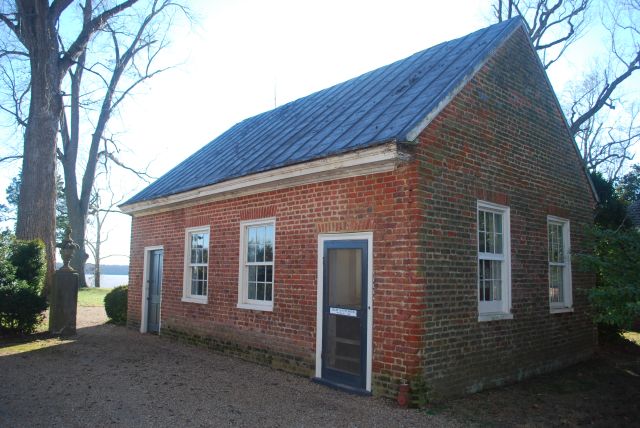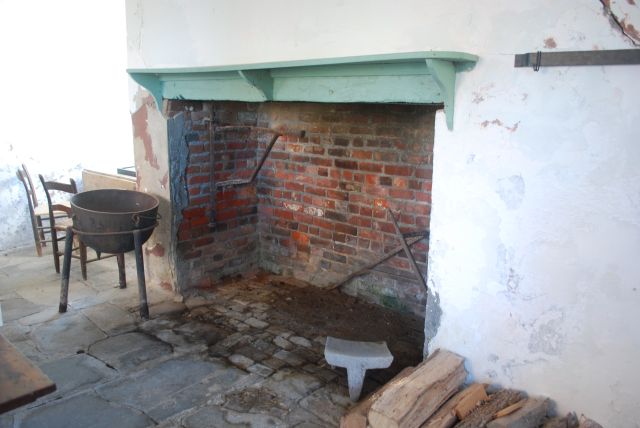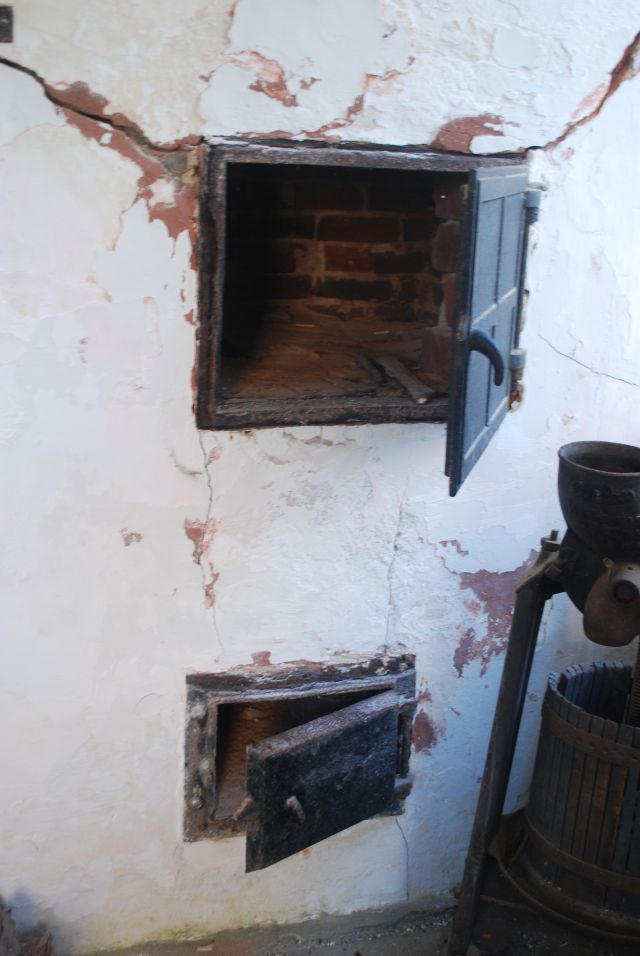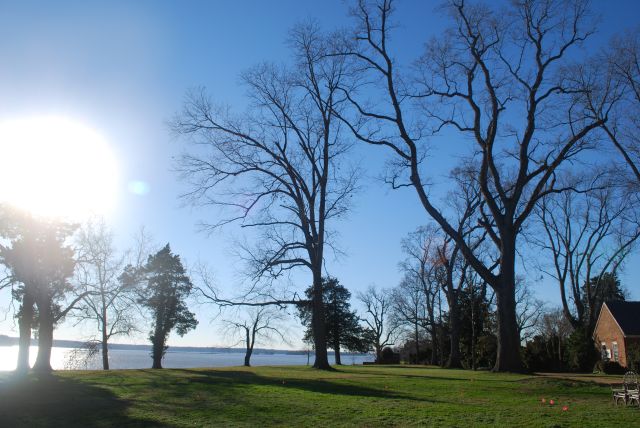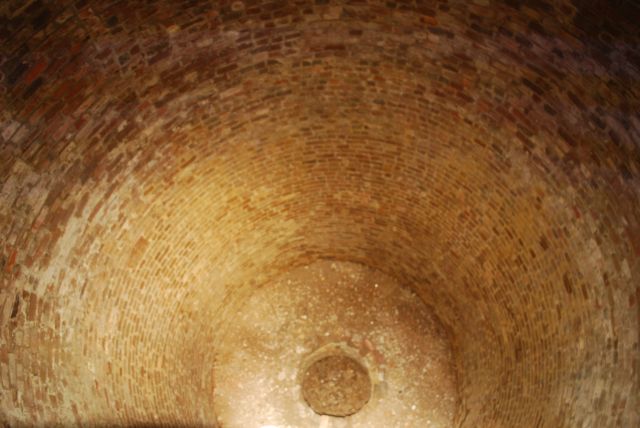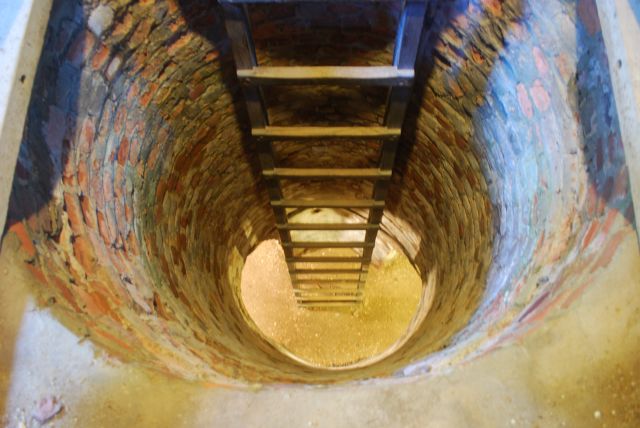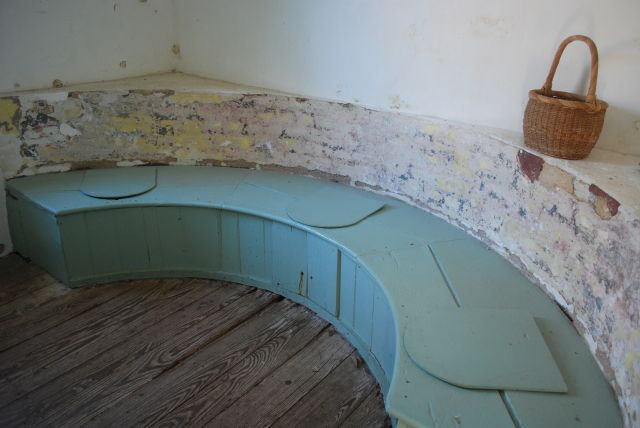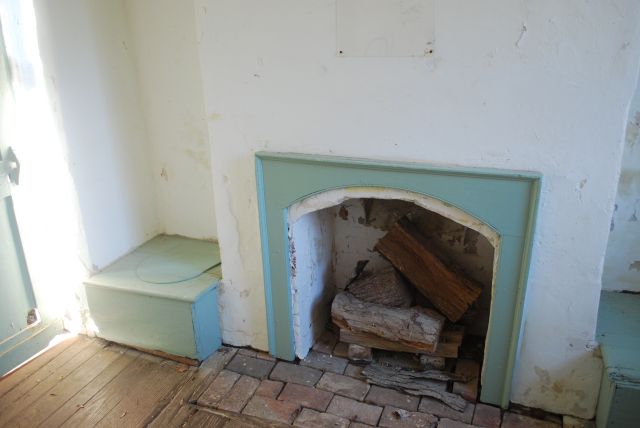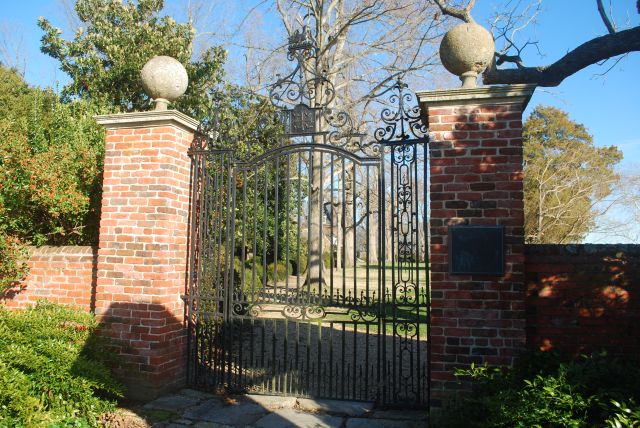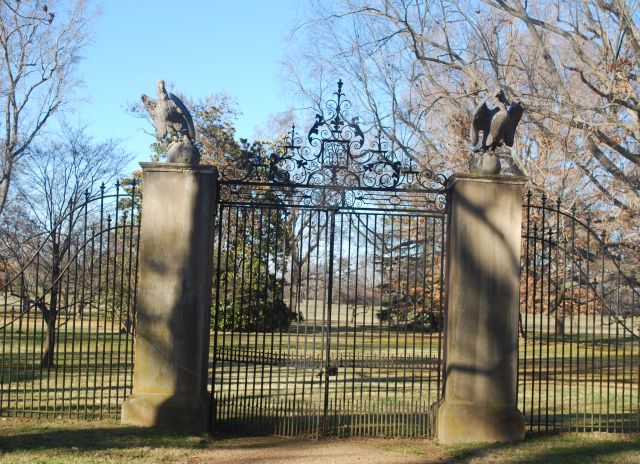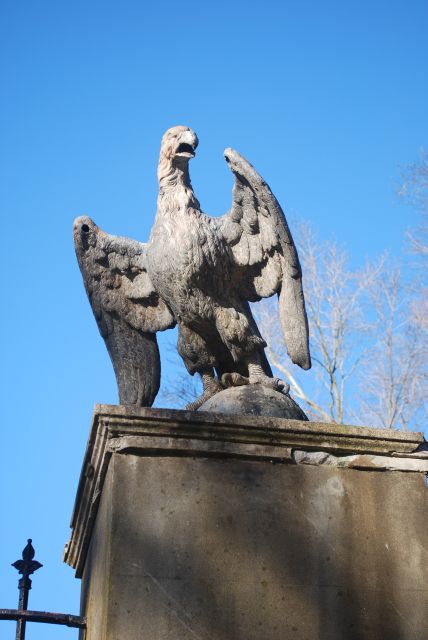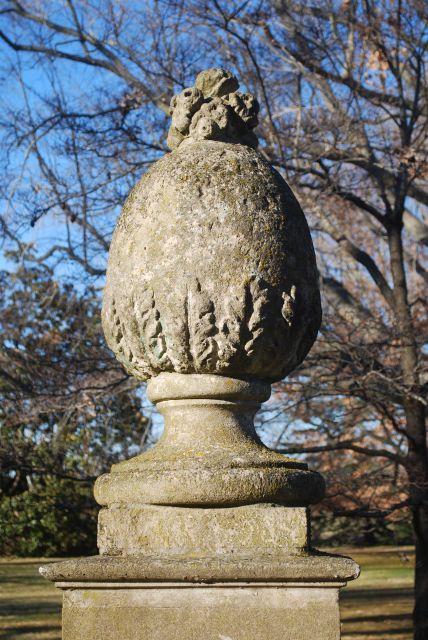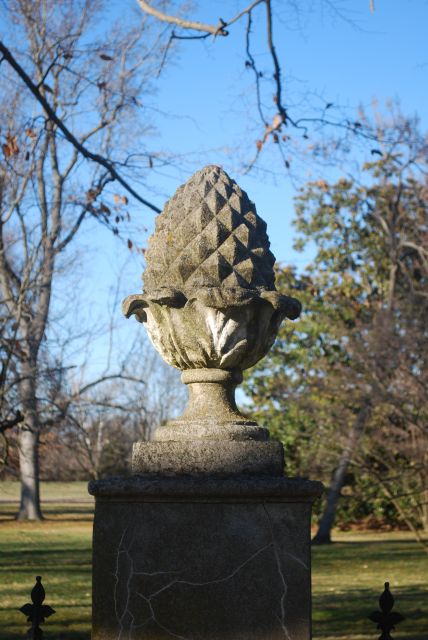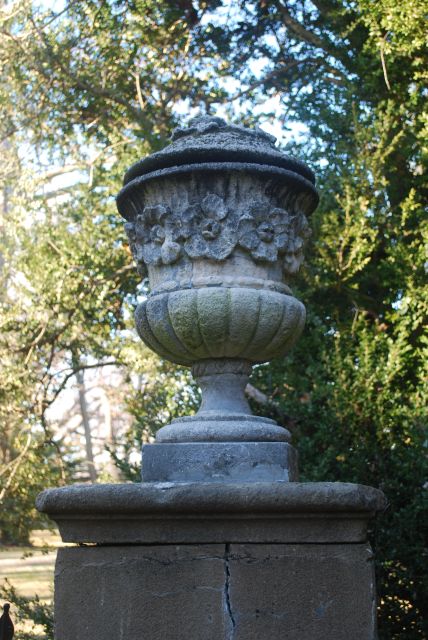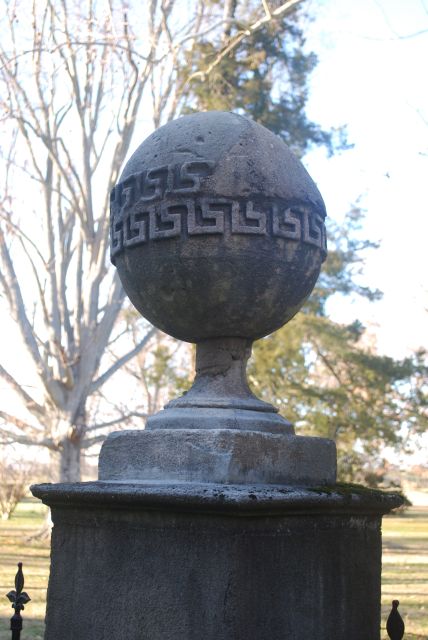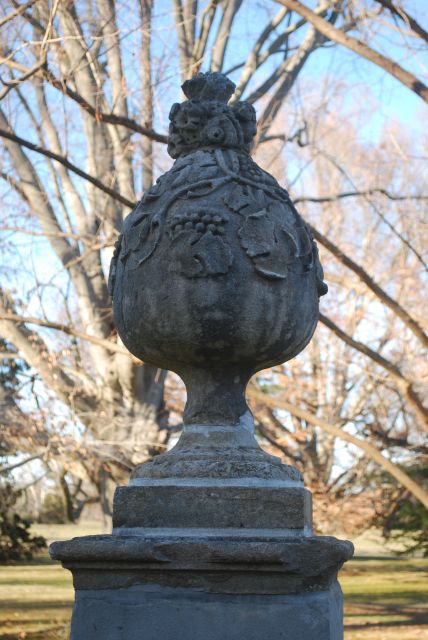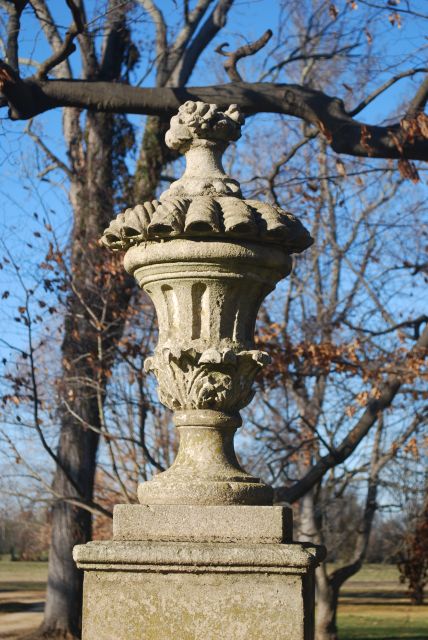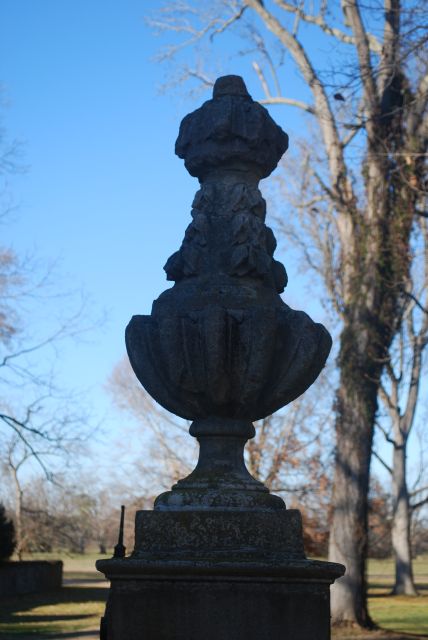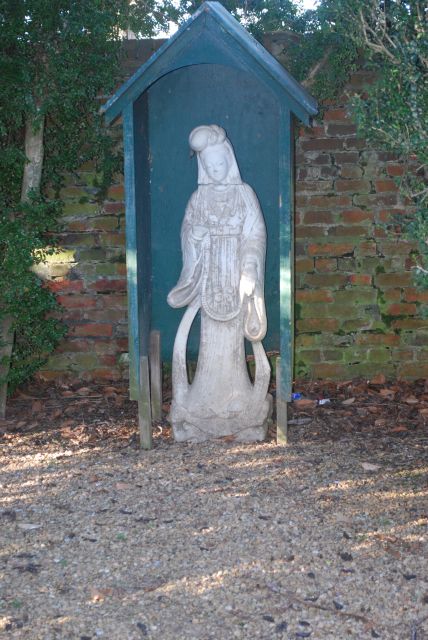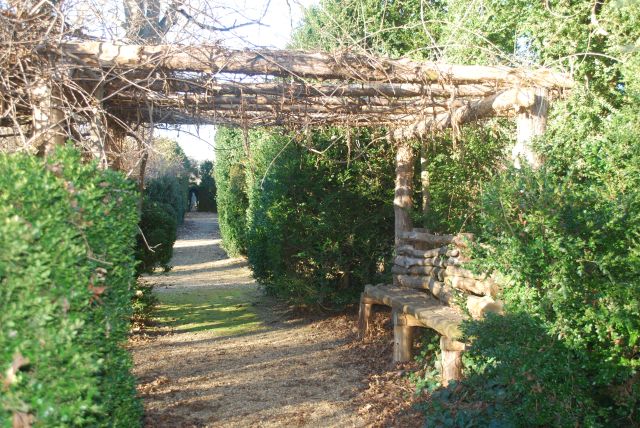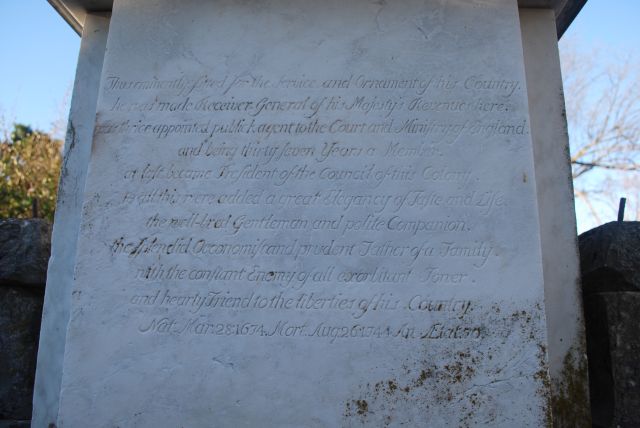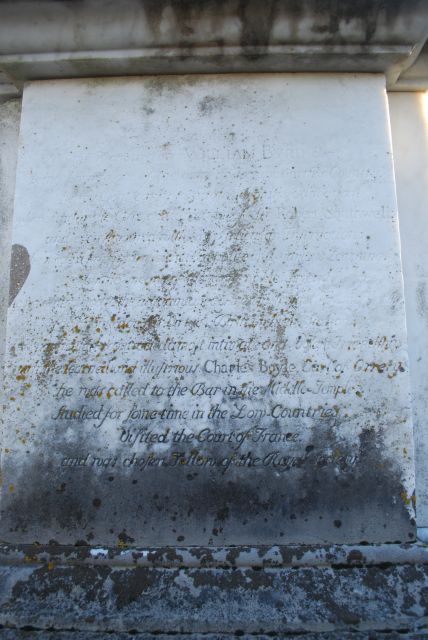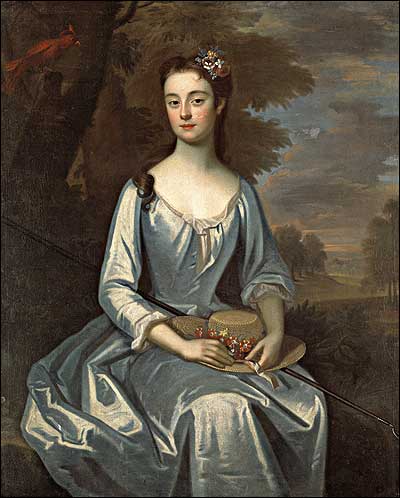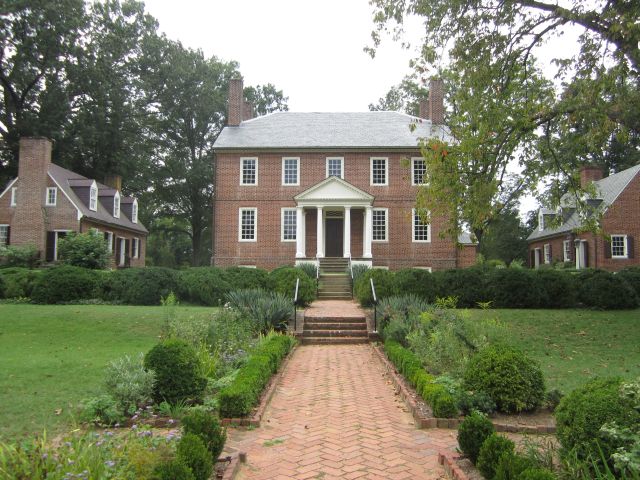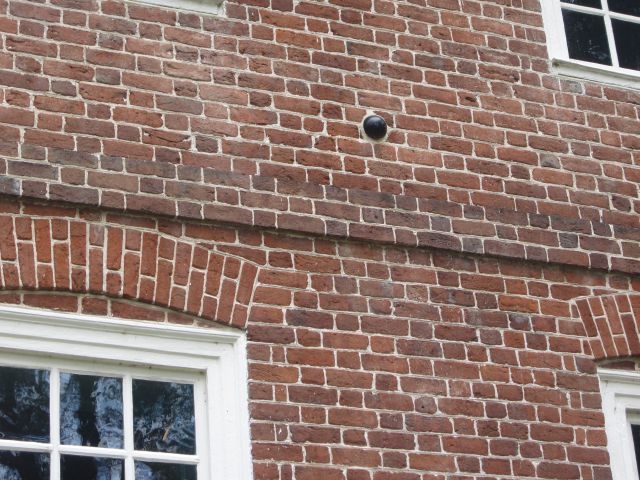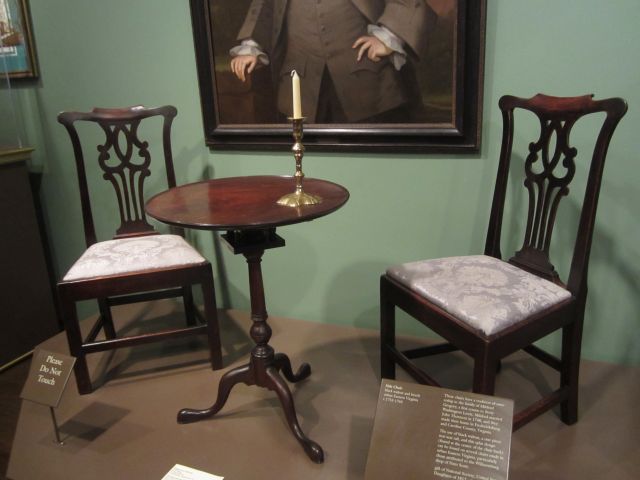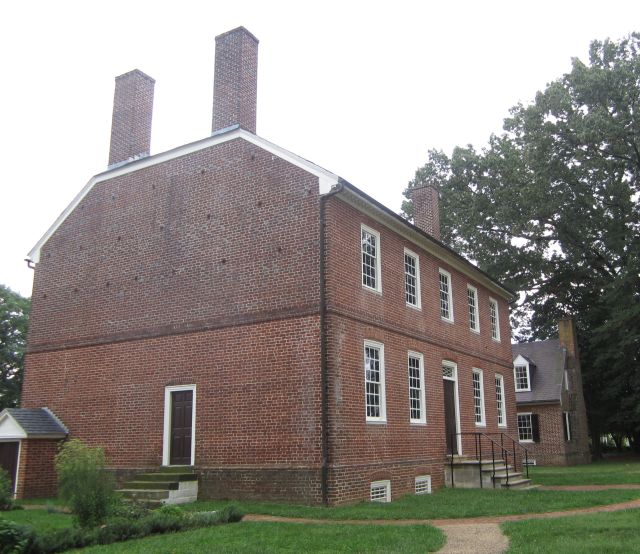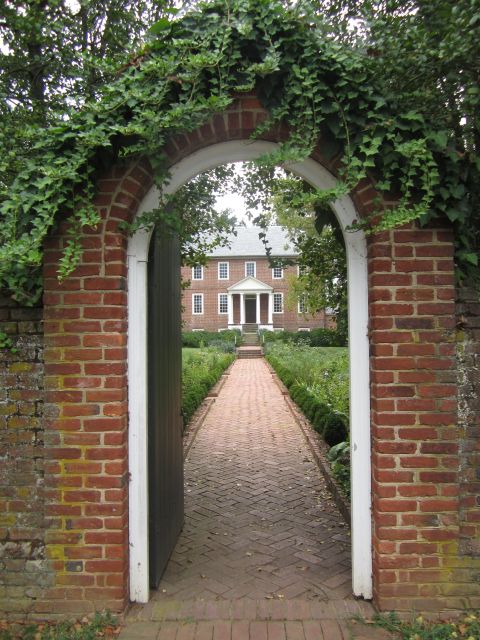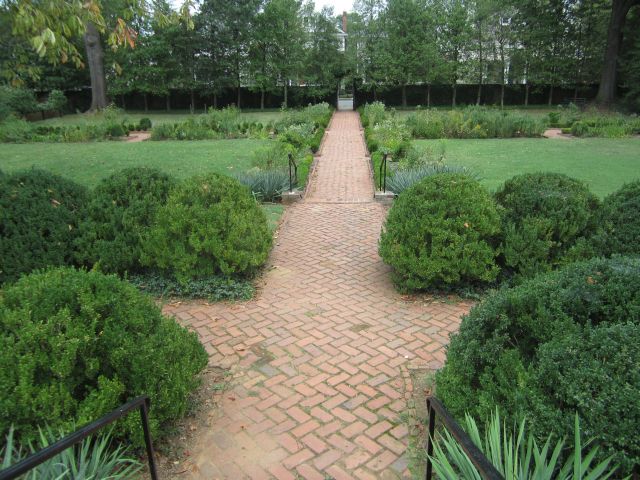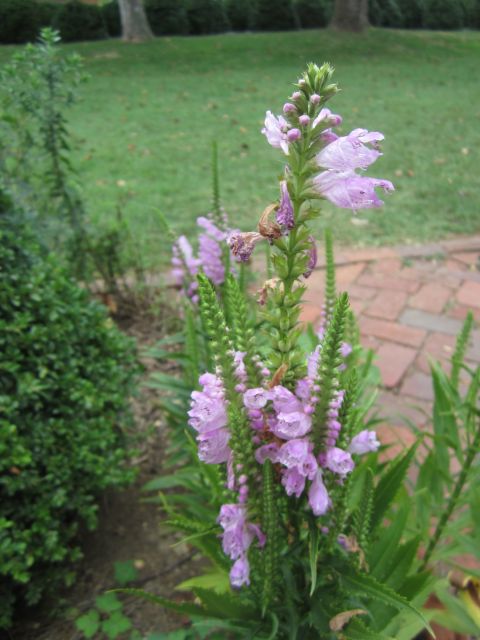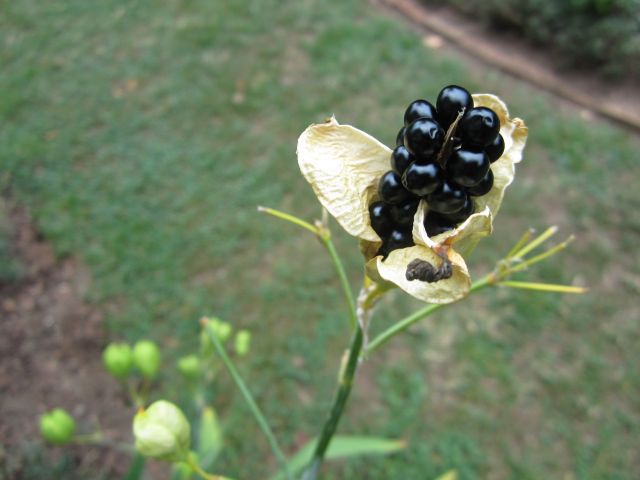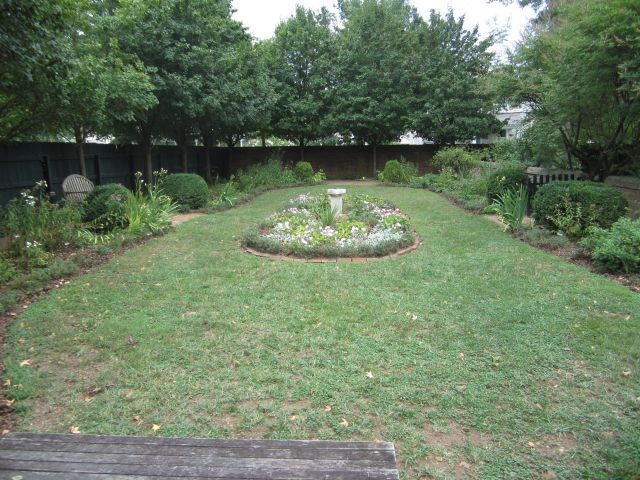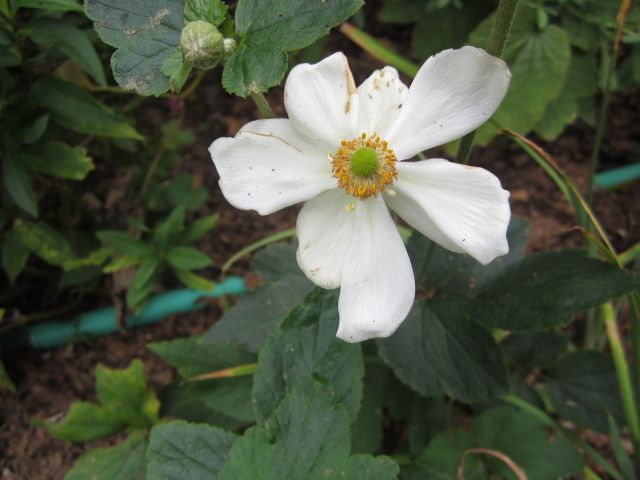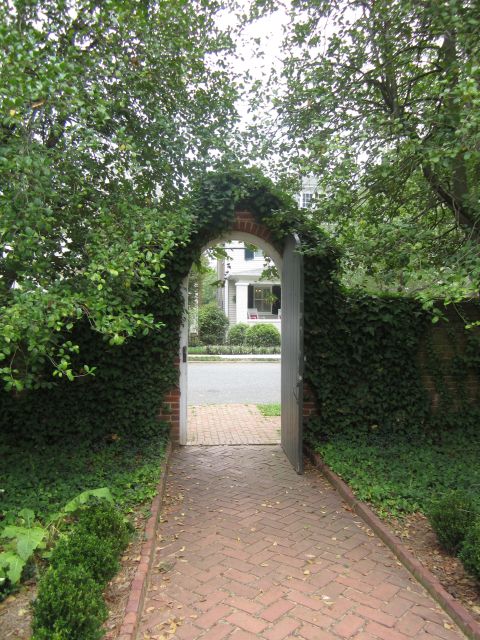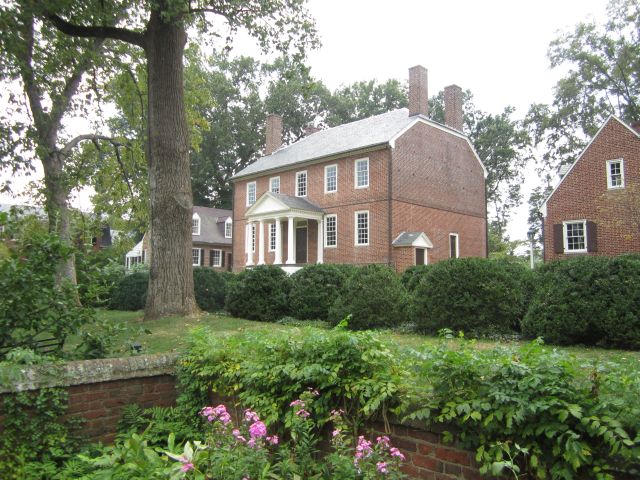Sep. 3rd 2012

Stain Glass Artwork in the Orientation Center
Mount Vernon
Wow what a great couple days! After signing our contract, Saturday we headed up to Washington D.C. to see Mount Vernon. We had a couple of goals in visiting the home of George Washington. First we had heard that the gardens were grand. We hoped to gather some ideas for layouts and plants that will help us plan our gardens at Belle Grove. Second, being a Virginia Plantation home that was built in 1735, we could also get some ideas for the furniture and designs of the interior of a colonial home. We also wanted to visit so we could recommend it as a place to go while our guests are visiting our plantation.
I had been to Mount Vernon twice before, but this was Brett’s first visit. It has been years since I had gone and a few things had changed since my last visit. One thing I remembered was how tricky it can be finding it. All I can say is I don’t know what I did before GPS! Thankfully when we arrived, we were able to find a parking space pretty close to the entry.

When we walked into the Orientation Center, we were first greeted by life size statues of General Washington, Martha and their grandchildren, Eleanor Parke Custis (Nelly)at age 6 and George Washington Parke Custis (called “Wash” or “Tub”) at age 4. The first thing we did was measure Brett against General Washington’s 6’2” frame. One thing we did notice was how much shorter Martha was. She was only 5’5”.


From there we headed to the front entry gate. This has to be the best place to first view Mount Vernon. As we walked in and started around towards the Upper Garden, we found a sign that talked about the grassy area in the circle at the front of the house. This area is called the “Bowling Green”. By definition, a bowling green is a finely-laid, closely-mown and rolled stretch of lawn for playing the game of lawn bowls. Now I don’t know if they played lawn bowls, but I love the name they use for it. We have a similar area in front of Belle Grove. All this time, I have been just calling it the grassy area in the circle. Now I think we are going to follow suit and call it our bowling green. Who knows, maybe we can learn how to play lawn bowling and have some fun at the plantation!



As we rounded the circle, we came upon some very large trees. Each of these trees were marked with the time that they were planted. I couldn’t believe it! Some of these trees were planted during the same time period when Belle Grove was built! What wonderful pieces of living history to see and touch! If only these trees could talk, what story they would have!

Upper Garden
Mount Vernon
The Upper Garden was our first stop. This garden had a dual purpose. It was both beautiful and productive. It features three large planting areas with wide paths. The beds are edged with short boxwoods. Just inside this edging was a ten foot wide border of fruit trees, shrubs, roses, annual and perennial flowers. The center section was where vegetables were grown and would supplement the production of the Lower Garden. The most formal section of the Upper Garden is a set of boxwood parterres, which incorporate the French fleur-de-lis as a major design element.

Upper Garden
Mount Vernon

Upper Garden
Mount Vernon

Upper Garden
Mount Vernon

Upper Garden
Mount Vernon

Upper Garden
Mount Vernon

Upper Garden
Mount Vernon
From here we made our way across the bowling green to the right side of the house. Here we walked to the river view of the manor home. Mount Vernon sits on a high bluff that overlooks the Potomac River and across the river to Maryland. The porch extends the full length of the manor house and offers a large area to sit and enjoy the cool breezes that come up from the river.

River View
Mount Vernon

River View
Mount Vernon

River View
Mount Vernon

Weathervane
Mount Vernon
We then made our way back to the side of the house where we viewed several of the dependencies. One of the first ones Brett wanted to see was the Smokehouse. He commented that it was just a little bigger than the one at Belle Grove. We also peeked into the Wash House and Coach House. What a beautiful carriage General Washington had! The one that was shown wasn’t owned by Washington, but was an example of what he had.

Smokehouse
Mount Vernon

Wash House
Mount Vernon

From here, we started down a steep hill towards the Tomb of the Washington. Also by this point, we had started getting a little hot. The day was very hot (around upper 80s to lower 90s) and quite humid. As we walked down, I started thinking about what a walk back up this was going to be. When we arrived at the tomb, there really weren’t too many people there. It was very quiet and peaceful. The two sarcophagus were simple white marble and the lid of General Washington’s decorated with an eagle and shield. General Washington had been buried earlier in another tomb until this tomb could be built according to his will.

Tomb
Mount Vernon

Tomb
Mount Vernon

George Washington’s Tomb
Mount Vernon

Martha Washington Tomb
Mount Vernon
After the long hike back up the hill from the tomb, we headed over to the Lower Garden. The Lower Garden or Kitchen garden is where many varieties of vegetables, fruits and herbs were grown. The high brick walls were used to create a warm environment that extended the planting season and would have kept the wildlife out of the garden. The garden was placed on a slope so it had to be terraced to create two flat planting areas and would have a southern exposure.

Fruit and Vegetable Garden and Nursery
Mount Vernon

Fruit and Vegetable Garden and Nursery
Mount Vernon
After walking the Lower Garden, we were pretty hot and headed back over to the start of the manor house line. We were about 30 minutes before our tour time, but were allowed to go ahead and enter the line for the manor. As we made our way up, we came upon a sign that talked about the exterior walls of Mount Vernon.

Lower Garden (Kitchen Garden)
Mount Vernon

Lower Garden (Kitchen Garden)
Mount Vernon

Lower Garden (Kitchen Garden)
Mount Vernon

Lower Garden (Kitchen Garden)
Mount Vernon
The mansion is made of wood, but was treated to look like stone. Long pine boards were grooved and beveled to create the appearance of masonry. Then the boards were varnished and painted. Before they dried a fine sand was thrown on the wet paint. This rustication technique was used on the mansion in 1757-1769, just a few years after Mount Vernon became his home.

Mansion
Mount Vernon

Mansion
Mount Vernon
As we made our way through the line, we were given a chance to see the Servant’s Hall just to the left of the mansion. From there, we walked along the covered arched walkways towards the house. It is from this walkway you can see the outside of the palladian window of the formal entertainment room.

Servant’s Hall
Mount Vernon

Covered Archway
Mount Vernon

Covered Archway
Mount Vernon

Outside view of Palladian Window
Mount Vernon

Inside Formal Dining room / Entertainment Room
Mount Vernon
When I last visited Mount Vernon, several years ago, the tour was done in groups and was only in the main level of the mansion. Today, the tour was more of the line that you walk through from the entertainment room, to the river view porch, back into the main hall where you see two bedrooms, a small parlor and dining room. Then its upstairs to three bedrooms, on with a portrait of Marquis De Lafayette. Lafayette visited Mount Vernon on his visits to America. From here, we made our way through another bedroom, which at first I thought might be the Washington’s room since it was the only bedroom that we had been allowed to enter and walk through. But just on the other side was another bedroom, which had been part of an extension General Washington had added to Mount Vernon. Then it was back downstairs and into the private study of General Washington. After about 20 minutes, the tour was over.

Lafayette
Brett and I have been to several of the Founding Father’s homes. Of the three that we have seen, Monticello, Montpelier and Mount Vernon, only Mount Vernon had left me feeling like there was so much more information and history that was not mentioned during the tour. The mansion had tour guides staged at different points along the walking tour. They all seemed to have about three or four statements that they made over and over. When I wanted to stop and ask a question, the tour guide seemed a little baffled by my question (the question was in the entertainment room and I asked if the plaster accents were colonial or were they added sometime later in the Victorian period?) I was told they were colonial and he walked away before I could really get any more questions out. Also because there was a long line of people behind me, I didn’t feel like I could stop and ask too many questions, even though I really wanted to. I did find out that the mansion is 9200 square feet. Belle Grove is just 1200 shy at 8000 square feet.
After the tour, we were hot and a bit drained, so we headed back over to the Museum and Education Center. Here we could have gotten more information I am sure than what we got inside the mansion. But at this point we were to tired to make it through. It will have to wait until another day.

“Martha Washington”
Mount Vernon
(Isn’t it cool how the sunlight looks to be shining directly on her?)
All in all it was a really good visit. The gardens gave us more ideas and we now have a name of our grassy area. When we have guest come to Belle Grove, when we recommend Mount Vernon, we will offer the following advise:
- Plan an early and all day event. With the traffic you can run into on Highway 95, your travel time from Belle Grove to Mount Vernon could be from one to two hours depending on the traffic.
- Plan your visit ahead of time. Know what you want to see and where you want walk.
- Wear comfortable tennis shoe. The hills are not kind to flip flops.
- Try to plan your trip in cool weather. The heat and humid were very hard on us and Mount Vernon doesn’t offer many places to get out of the heat.
We decided to stay the night in Fredericksburg at the Schooler House Inn. We arrived just long enough to drop our belongings off and head over to an Italian Restaurant Brett wanted to try. This restaurant called “Ristorante Renato” is located on William Street in Fredericksburg. It is a cozy semi formal restaurant in an older building. We arrived in blue jeans and the other guests were casual or blue jeans as well.The decor was just a little dated and the waitstaff were all in tux shirts and bow ties, but the food was really good.

The Schooler House Bed and Breakfast
Fredericksburg, Virginia
www.theschoolerhouse.com

Ristorante Renato

Ristorante Renato
www.rrenato.com
We started out with an Antipasti Misto for two with prosciutto, salami, mushrooms, mozzarella, olives, anchovies, shrimp, and marinated vegetables. Then we had a house salad followed by our entrees. Brett ordered his favorite Italian dish, basic spaghetti with meat balls and mushrooms added. I ordered Agnolotti (or Ravioli). The raviolis were white pillows filled with baked spinach in a cream cheese sauce. When I got my dish at first I was a little disappointed that it was only four small raviolis, but after eating them, I see why. They are so filling! And the taste was out of this world! I have never had a ravioli that simply dissolved in your mouth! I would eat that every night if you asked me! At the end of the entree we decided no dessert for us tonight. Both dishes filled us and satisfied our taste buds.

Antipasta Misto
Ristorante Renato

Spaghetti with Meatballs and Mushrooms
Ristorante Renato
(Can you tell someone loves cheese?)

Agnolotti (or Ravioli)
Ristorante Renato

Agnolotti (or Ravioli)
Spinach filling
Ristorante Renato
As we made our way back to Schooler House Bed and Breakfast, we made a quick trip to the river to see the paddle boat that is docked downtown. It is small river boat the offers a meal and trip down the Rappahannock River. We are going to have to schedule a trip on this soon! I don’t know how far down river it goes, but it would be so cool to furnish a dock for it to come to Belle Grove!

Riverboat
Fredericksburg

Riverboat
Fredericksburg

Riverboat
Fredericksburg

Rappanhannock River
down river towards Belle Grove
Fredericksburg
We headed back up Caroline Street and made one more stop for the night at the Virginia Wine Experience store. Here you can find Virginia Wines from 80 vineyards represented of the over 200 vineyards of Virginia. One of our favorites is Ingleside and I knew that they carried one of our favorite wines, “Sweet Virginia Rose”. This red is a sweeter dessert wine that is a pleasure to enjoy. With bottle in hand, we arrived at Schooler House.

The Virginia Wine Experience
Fredericksburg
We got ready for the night and settled in for a glass of our “Sweet Virginia Rose”. As Brett caught up on his college football scores, I grabbed one of the many books that Andi, the innkeeper offers guest to enjoy. I picked up a book on “Ghost of Fredericksburg and the surrounding area” . I was kind of hoping to see Belle Grove or one of the other plantation in the book. But the closest it got was a story about John Wilkes Booth. An hour or so later, Brett and I snuggled down in our warm and very comfortable bed and quickly fell asleep.

Ingleside Vineyards
Sweet Virginia Rose
To be continued…



